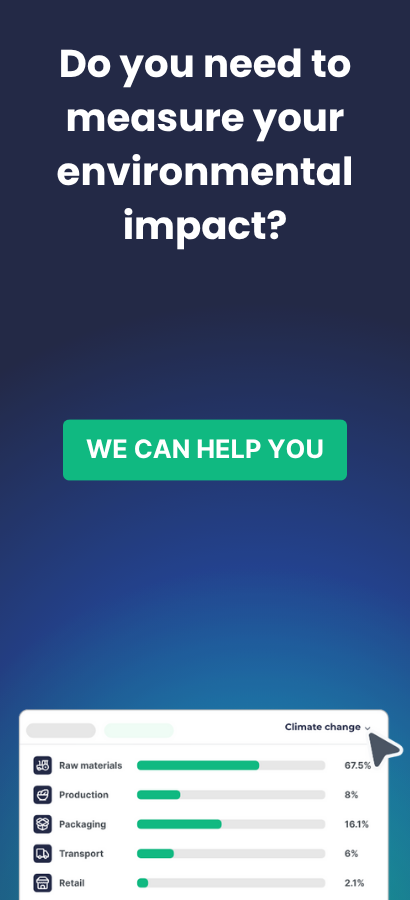
Life Cycle Assessment (LCA) is a valuable tool for quantifying the environmental impact of products, processes, and services throughout their life cycle. However, ensuring the accuracy and reliability of LCA measurements is crucial for meaningful results and informed decision-making. In this blog post, we delve into the intricacies of measuring LCAs, explore different methodologies employed, and highlight best practices to guarantee accurate and consistent measurements.
Methodologies in measuring Life Cycle Assessments
Various methodologies exist to measure LCA, each with its own strengths and limitations. Some commonly employed methodologies include:
Attributional LCA: This approach quantifies the environmental impacts of a product or process by assigning them to specific inputs and outputs within the life cycle. It utilizes detailed process modeling and life cycle inventory data to calculate environmental indicators accurately.
Consequential LCA: Unlike attributional LCA, consequential LCA considers the broader system effects of changes in the products or processes being assessed. It focuses on assessing the potential long-term impacts and taking into account indirect effects and market dynamics.
Hybrid LCA: Hybrid LCA combines elements of both attributional and consequential approaches. It offers a comprehensive assessment by considering the individual process-level impacts as well as the consequential effects of changes in the system.
Precision and reliability in data collection
To ensure accuracy in LCA measurements, precise and reliable data collection is essential. Adhering to industry standards and guidelines, such as the ISO 14040 series, is crucial. Some key considerations include:
- System Boundaries: Clearly define the scope and boundaries of the LCA study to avoid missing crucial components or double-counting impacts.
- Life Cycle Inventory (LCI) Data: Collect comprehensive data on energy consumption, raw material usage, emissions, waste generation, and other relevant parameters for all stages of the product or process.
- Data Quality: Ensure data accuracy and reliability by using validated and peer-reviewed sources and employing appropriate statistical techniques.
- Time Horizons: Set consistent time horizons for data collection and analysis to facilitate meaningful comparisons and avoid inconsistencies.
Best Practices for Accurate LCA Measurements
To achieve accurate and reliable LCA measurements, practitioners should adhere to best practices, including:
- Transparency and Documentation: Maintain detailed records of all inputs, assumptions, and calculations involved in the LCA study to enhance transparency, reproducibility, and review.
- Sensitivity Analysis: Conduct sensitivity analyses to assess the impact of uncertainties or variations in data assumptions on the results. This helps identify critical factors and enhance the robustness of the study.
- Peer Review: Seek expert input and undergo thorough peer review to validate the methodology, data, and assumptions used in the LCA study.
- Continuous Improvement: Regularly update LCA methodologies, data sources, and assessment techniques to reflect the latest scientific knowledge and advancements.
Importance of reliable data sources and standardization
Accurate LCA measurements heavily rely on reliable data sources and standardized measurement techniques. Accessing high-quality data from reputable sources ensures the credibility of the study, while standardization promotes consistency and comparability of results across different LCAs. Collaborating with industry organizations and adopting recognized measurement standards, such as those outlined by ISO, enhances the integrity and reliability of the LCA process.


